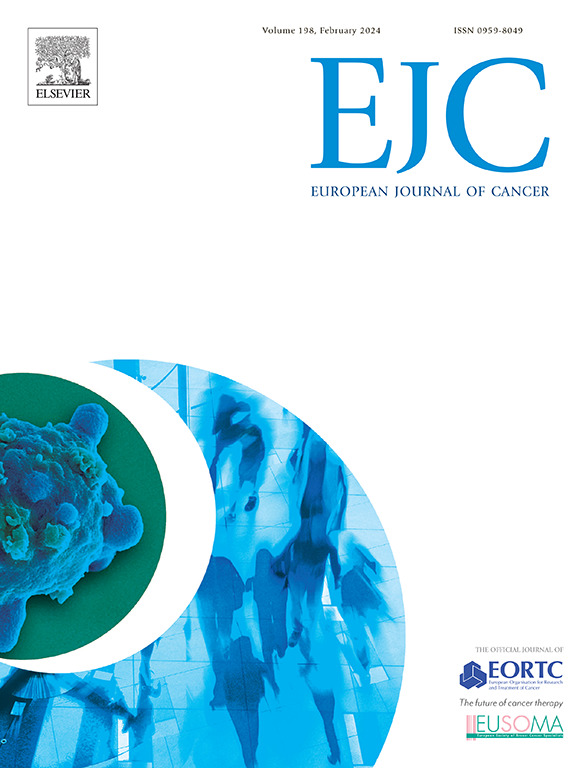The Winner and still champion: Nodule volume doubling times
IF 7.6
1区 医学
Q1 ONCOLOGY
引用次数: 0
Abstract
There have been enormous advances in the approach to assessing malignancy status of indeterminate pulmonary nodules including risk models, image based biomarkers and numerous types of biologic and molecular markers. All of these have the advantage of guiding further workup once the nodule is identified. The traditional method, especially for smaller nodules relies primarily on assessing whether a nodule changes in size over time and is a feature in virtually every management protocol for both screen detected as well as incidentally detected nodules. Here, the potential downside is that during the waiting period for obtaining a second scan to assess for growth prognosis changes. However, there must be enough of a time delay to overcome potential measurement error. These two features must be balanced for optimal use of this approach. The alternative approaches do not have this inherent delay, however, their usefulness is a balance between the improvement in prognosis by not having any delays versus their potential to produce false positive and false negative results. Currently nodule volumetric approaches, especially for small nodules remains the method of choice for evaluation.
赢家和仍然是冠军:结节量翻倍。
在评估不确定肺结节的恶性状态的方法上已经取得了巨大的进展,包括风险模型、基于图像的生物标志物和许多类型的生物和分子标志物。所有这些都具有在确定结节后指导进一步检查的优势。传统的方法,特别是对于较小的结节,主要依赖于评估结节是否随着时间的推移而改变大小,这是几乎所有的管理协议的一个特征,无论是筛查检测到的结节还是偶然检测到的结节。在这里,潜在的缺点是,在等待期间获得第二次扫描,以评估生长预后的变化。然而,必须有足够的时间延迟来克服潜在的测量误差。为了最佳地使用这种方法,必须平衡这两个特性。替代方法没有这种固有的延迟,然而,它们的有用性是在没有任何延迟的预后改善与产生假阳性和假阴性结果的可能性之间取得平衡。目前,结节体积法,特别是小结节仍然是评估的首选方法。
本文章由计算机程序翻译,如有差异,请以英文原文为准。
求助全文
约1分钟内获得全文
求助全文
来源期刊

European Journal of Cancer
医学-肿瘤学
CiteScore
11.50
自引率
4.80%
发文量
953
审稿时长
23 days
期刊介绍:
The European Journal of Cancer (EJC) serves as a comprehensive platform integrating preclinical, digital, translational, and clinical research across the spectrum of cancer. From epidemiology, carcinogenesis, and biology to groundbreaking innovations in cancer treatment and patient care, the journal covers a wide array of topics. We publish original research, reviews, previews, editorial comments, and correspondence, fostering dialogue and advancement in the fight against cancer. Join us in our mission to drive progress and improve outcomes in cancer research and patient care.
 求助内容:
求助内容: 应助结果提醒方式:
应助结果提醒方式:


